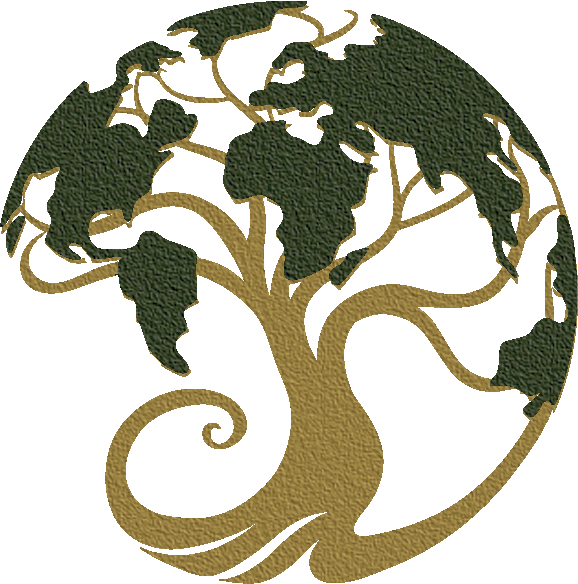The Common Cold
Published in New Directions Magazine February 2000
The common cold is still our most common complaint during the winter season. It is usually our first indicator that our immune system is low. There are numerous different rhinoviruses that are causing it. There are also causes, which include exposure to cold winds, cold, damp, mucus-forming food, and of course the seasonal changes.
The main thing is finding out what is happening within our internal environment that would allow the virus to take hold.
Is there a particular deficient?
Is there an excess of body fluids or energy?
Is there a particular block in one of our major body systems?
General herbal treatment may be helpful such as taking garlic, Echinacea tincture, herbal cough and flu formula, and drinking a warm cup of ginger tea. By doing this type of approach it becomes a hit and miss, it may help and it may not. In most cases, it will help but it may be only for a short period of time. We need to find out what the underlying cause is. Treat the cause and find out if it is a long-term inherited tendency or has your body just gotten run down from pushing yourself too hard.
We have three possibilities of symptoms, causes and treatment protocols:
1. Dry cough, scanty phlegm, hoarseness or low voice and perhaps even insomnia.
The first category we have is due to stress, lack of fluids, and coldness and dryness within the body. The herbal treatment will include warm spices and herbs that are demulcent, and diaphoretics such as licorice root, coltsfoot, and/or elecampane root.
The herb of choice that would cover most of these bases is:
Elecampane Root &/or Flowers (Inula helenium)
Systems- Nerves, respiratory, digestive
Energetics- heating, pungent, bitter
Actions- carminative, antispasmodic, expectorant and rejuvenative.
This herb is a popular herb for western herbalists to use during our cold season. Due to its effectiveness in treating deep-seated dry congestion in the lungs. It is a rejuvenating tonic and has a wonderful spicy aroma that warms the whole body. As a diaphoretic and expectorant, it combines well with ginger or cinnamon. Mix ½ ounce simmered in 1-2 cups of water for 20 minutes and take three times a day after meals until symptoms clear.
2. Sore throat, yellowish-red streaked mucus, high fever, and red face.
The second category is due to an imbalance of the circulatory and digestive systems. The treatment protocol would be to cool the system by moving the excess heat out of the body through cooling diaphoretic and expectorant actions. Herbs such as elderflowers, yarrow, and mint will work well individually or in combination.
The herb of choice that would cover most of these bases is:
Yarrow flowers (Achillea millefolium)
Systems: circulatory, digestive, respiratory
Energetics: cooling, bitter, astringent, pungent
Actions: diaphoretic, antispasmodic
The flowers of yarrow are commonly used for a wide variety of complaints, especially for colds and flu. It does strengthen the mucous membranes both in the gastrointestinal tract and lungs. When combined with any of the mints, it acts as an effective diaphoretic. Take on an empty stomach or before meals. Infuse ½ an ounce per 1-2 cups, drink warm.
3. Accumulation of mucus, runny nose, sore throat, congestion, headache, & chills.
The third category is due to an excess of cold fluids and stagnation in the lungs and respiratory system. The herbal treatment will include warming diaphoretics, and light-drying expectorants, and peripheral circulatory herbs such as ginger root, cinnamon, sage, hyssop, thyme, and Osha root.
The herb of choice that would cover most of these bases is:
Hyssop leaves and flowers (Hyssopus officinalis)
Systems: respiratory, immune, circulatory, digestive
Energetics: heating, pungent, bitter
Actions: diaphoretic, expectorant, diuretic, carminative
An aromatic plant that is always good to have on hand because of its wide diversity of actions. For the cold stagnation of the respiratory system, it gets the energy moving with the combined effect of its warming diaphoretic and expectorant action. Hyssop is one of those herbs that has a strong medicinal taste but it works. It’s also a good herb to use for people who are slightly overweight and have a fair amount of congestion throughout their bodies.
These three categories are the way that an Ayurvedic herbalist would proceed in determining which herbs to use for each individual. To custom make a cup of tea or herbal formula, the number one thing is knowing the cause, and that comes once you know the person’s unique inborn constitutional tendencies. For the common cold, the symptoms should clear up within a few days to a week at the most if you are taking the herbs in their therapeutic dosage regularly. If not seek a qualified and reputable herbalist or health practitioner who works with constitutional medicine using plants medicinally.

